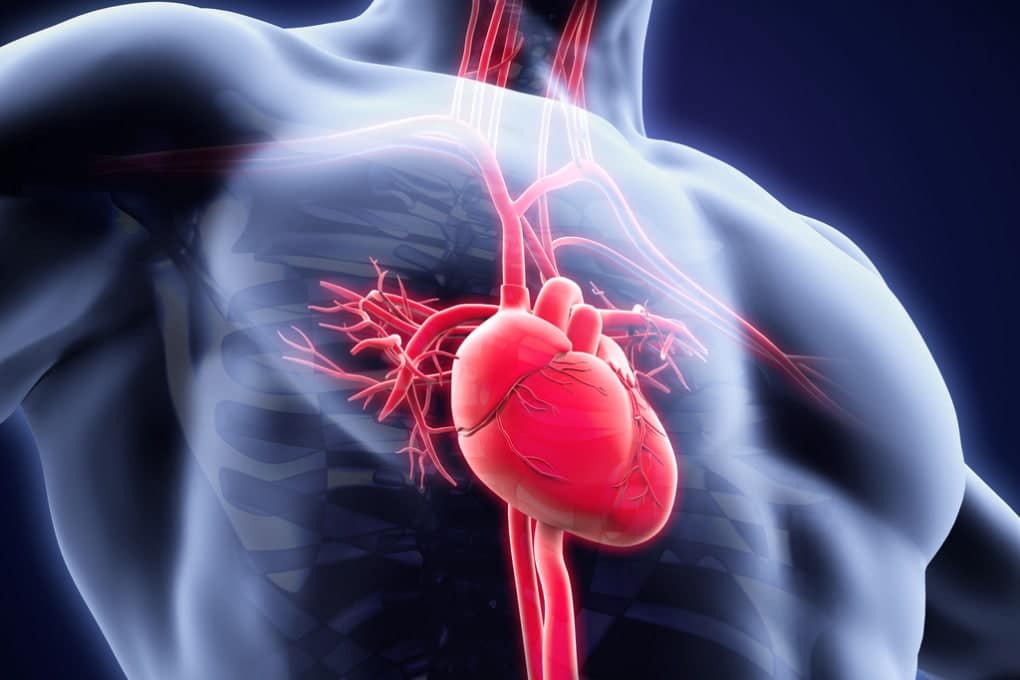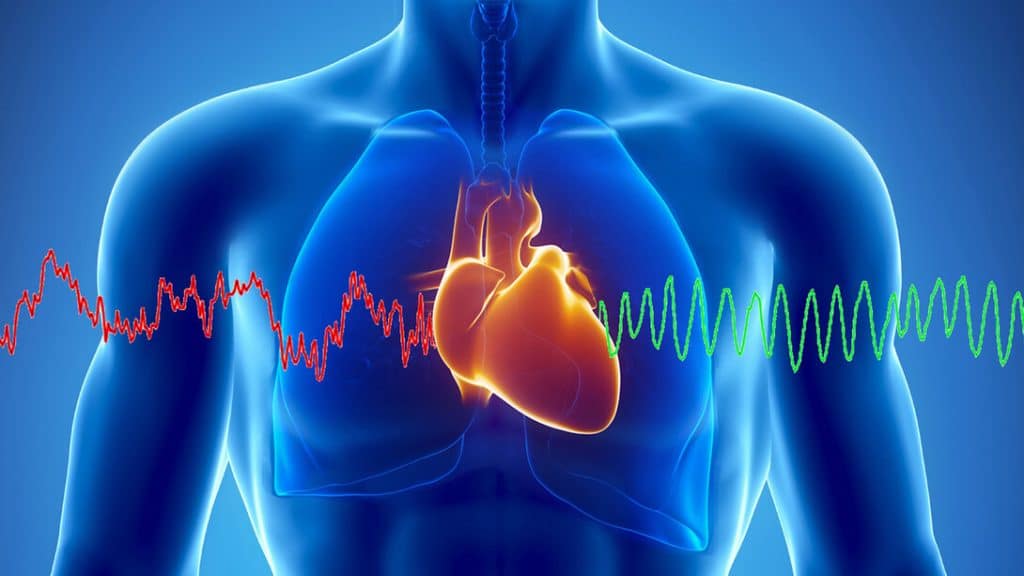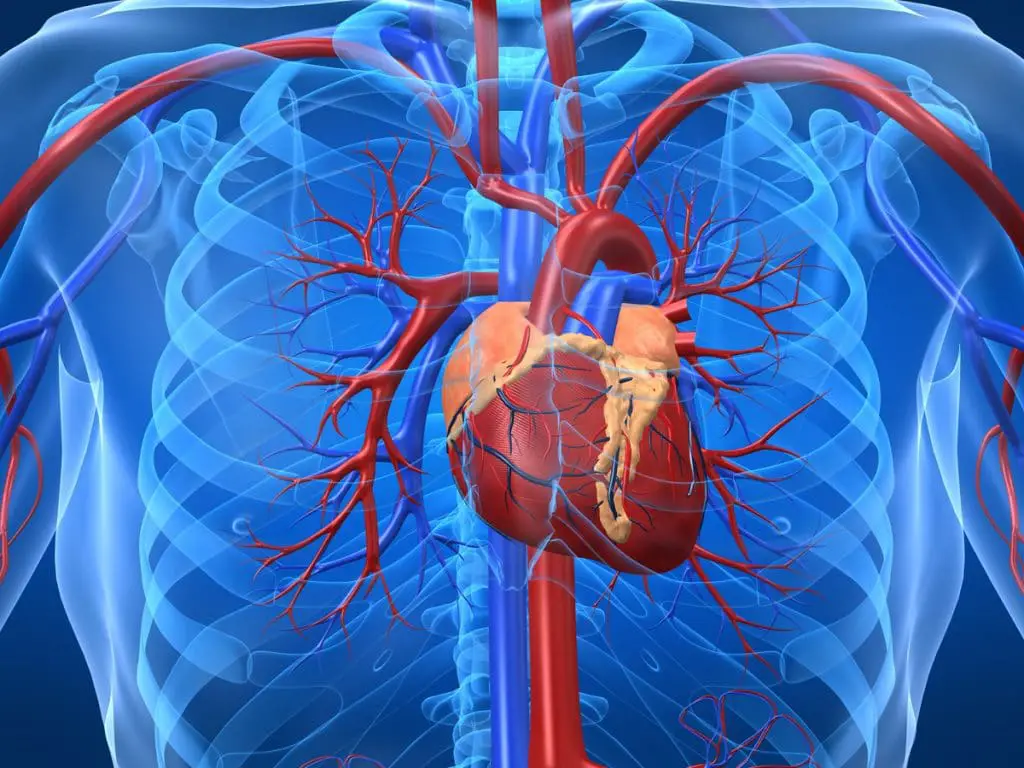A study by MedUni Vienna investigated gender-specific differences in the diagnosis of heart failure systolic in patients with type 2 diabetes. The results, recently published in the journal Cardiovascular Diabetology show that current methods are less reliable in women than in men.
Systolic heart failure in patients with type 2 diabetes
Given the prevalence of heart disease, particularly in women with type 2 diabetes, it is recommended that gender aspects be taken into account in existing guidelines to ensure the best possible care for patients.
As part of the study, the scientific team led by gender medicine specialist Alexandra Kautzky-Willer from the Division of Endocrinology and Metabolism (Department of Medicine III), in collaboration with Martin Hülsmann and other colleagues from the Division of Cardiology (Department of Medicine II), analyzed data from 2,083 patients with type 2 diabetes (T2D) collected over a five-year period. Common methods and parameters for the diagnosis of systolic heart failure in T2D were analyzed, with particular attention to gender-specific differences.
Patients with type 2 diabetes are up to four times more likely to have heart failure than people without type 2 diabetes, with women more than twice as likely to be affected as men. Despite pathophysiological differences between men and women, which lead to different predispositions and disease courses, there are currently no gender-specific recommendations for the diagnosis of heart failure in patients with type 2 diabetes.

If symptoms are noted, current guidelines recommend further investigations for both sexes, such as determination of the NT-proBNP marker in the blood and performing an echocardiogram (heart ultrasound). According to the NYHA classification, a categorization is made based on the severity of the symptoms, from which treatment strategies are derived.
As the current study shows, this standardized approach does not meet the specific needs of both female and male patients with type 2 diabetes. While higher NYHA grades (reduced exercise capacity) are associated with higher NT-proBNP values, more frequent heart failure diagnoses, and a higher risk of death in men, this correlation was not found in women.
In contrast, the significance of NT-proBNP for heart failure was significantly higher in both sexes, but especially in women, compared to clinical symptoms. Apparently, women often have no symptoms for a long time or do not report them, even if they already suffer from manifest heart failure.
“Our findings suggest that a performance reduction may not be suitable for heart failure screening in women with type 2 diabetes,” concludes first author Sarah Hofer-Zeni (Clinical Department of Endocrinology and Metabolism).

“NT-proBNP values, on the other hand, can be very sensitive and early markers of heart failure, especially in women. Diagnosing heart disease as early as possible and adapting treatment with new and very effective drugs is essential for the prognosis of patients with type 2 diabetes,” adds study leader Alexandra Kautzky-Willer.
According to the research team, the results of the analyses also support the need for heart failure screening in women with type 2 diabetes to be less symptom-based and more biomarker-based, and to take gender-specific considerations into account in guidelines.
Diet-induced inflammation is positively correlated with heart failure marker
There is a positive correlation between diet-induced inflammation and a biomarker of heart failure, according to a study published online June 5 in PLOS ONE.
Teng-Chi Ma, of the First Affiliated Hospital of Xi’an Jiaotong University in China, and his colleagues used data from the National Health and Nutrition Examination Survey (1999-2004; 10,766 individuals) to study the association between diet-induced inflammation (as measured by the dietary inflammatory index) [DII]) and heart failure (measured by N-terminal B-type natriuretic peptide [NT-proBNP]).

The researchers found that in individuals without heart failure, a unit increase in DII was significantly associated with increased NT-proBNP levels when adjusting for demographic factors (8.57 pg/mL) and with further adjustment for health variables (5.54 pg/mL).
For individuals with a history of heart failure, there was a trend toward higher NT-proBNP levels in the second and third DII quartiles compared with the lowest quartile (717.06 pg/mL and 855.49 pg/mL, respectively). There were also significant interactions for age (less than 50 years: β = 3.63; 50 to 75 years: β = 18.4; 75 years and older: β = 56.09), sex (men: β = 17.82; women: β = 7.43), hypertension (β = 25.73), and diabetes (β = 38.94).
“This study found a positive correlation between DII and NT-proBNP levels, suggesting a robust link between pro-inflammatory diets and increased heart failure biomarkers, with implications for dietary modifications in cardiovascular risk management,” the authors conclude.
Traditional Chinese Medicine for Heart Failure Shows Benefits
Traditional Chinese medicine qiliqiangxin reduces heart failure hospitalization and cardiovascular death in patients with heart failure and reduced ejection fraction (HFrEF), according to latest research presented in a Hot Line session on August 26 at the ESC Congress 2023.
Qiliqiangxin is a traditional Chinese medicine extract obtained from 11 types of herbs (see Table). In a pilot study, qiliqiangxin reduced N-terminal pro-B-type natriuretic peptide (NT-proBNP) levels and improved heart failure symptoms in patients with HFrEF when added to established heart failure treatment. Preclinical studies have also indicated that qiliqiangxin has beneficial effects in attenuating myocardial fibrosis and cardiac remodeling.
The QUEST study evaluated the clinical efficacy and safety of qiliqiangxin on major heart failure outcomes in HFrEF patients. The study was conducted in 133 hospitals in mainland China and Hong Kong SAR.
The study enrolled adult HFrEF patients with left ventricular ejection fraction of 40% or less and NT-proBNP of 450 pg/mL or greater who had been on a stable standardized background treatment regimen for at least two weeks prior to enrollment. Patients were randomized 1:1 to receive qiliqiangxin (four capsules, three times daily) or placebo in addition to standard chronic heart failure medications. The primary endpoint was a composite of rehospitalization for worsening heart failure or cardiovascular death.

A total of 3,110 patients were included in the analysis, with 1,555 randomized to qiliqiangxin and 1,555 randomized to placebo. The mean age was 62 years, and 72.1% were men. At baseline, the mean left ventricular ejection fraction was 32%, and the median NT-proBNP was 1,730.80 pg/mL.
During a median follow-up of 18.3 months, the primary endpoint occurred in 389 patients (25.02%) in the qiliqiangxin group and in 467 patients (30.03%) in the placebo group (hazard ratio [HR]0.78; 95% confidence interval [CI]0.68-0.90; p<0.001). This effect was associated with both lower risks of rehospitalization for worsening heart failure (HR, 0.76; 95% CI, 0.64-0.90; p=0.002) and cardiovascular death (HR, 0.83; 95% CI, 0.68-0.996; p=0.045) in the qiliqiangxin group. The effect of qiliqiangxin on the primary outcome was generally consistent across predefined subgroups, including those defined by age and NT-proBNP level and in patients with or without angiotensin receptor/neprilysin inhibitors (ARNIs).
In terms of secondary endpoints, the decrease in serum NT-proBNP between baseline and three-month follow-up was greater in the qiliqiangxin group (-444.00 [intervallo interquartile -1401,00 a 85,00]) compared to the placebo group (-363.00 [intervallo interquartile -1280,00 a 183,00]) (p=0.047), in line with the previous pilot study.

Analysis of safety endpoints showed no significant difference in all-cause mortality, which occurred in 221 patients (14.21%) in the qiliqiangxin group and 262 patients (16.85%) in the placebo group (HR, 0.84; 95% CI, 0.70-1.01; p=0.058). qiliqiangxin capsules were well tolerated, with no major differences between the two groups in adverse events, including gastrointestinal symptoms, worsening renal function, and increased liver enzymes.
Principal investigator Professor Xinli Li of the First Affiliated Hospital of Nanjing Medical University, Nanjing, China, said: “To our knowledge, this is the first randomized, double-blind, controlled trial of a traditional Chinese medicine for the treatment of chronic heart failure. Our results demonstrate a significant clinical benefit with qiliqiangxin in patients with HFrEF, which supports the use of qiliqiangxin as an adjunctive therapy for the treatment of heart failure.”
#Heart #Failure #Type #Diabetes #Current #Diagnostic #Methods #Unreliable #Women
